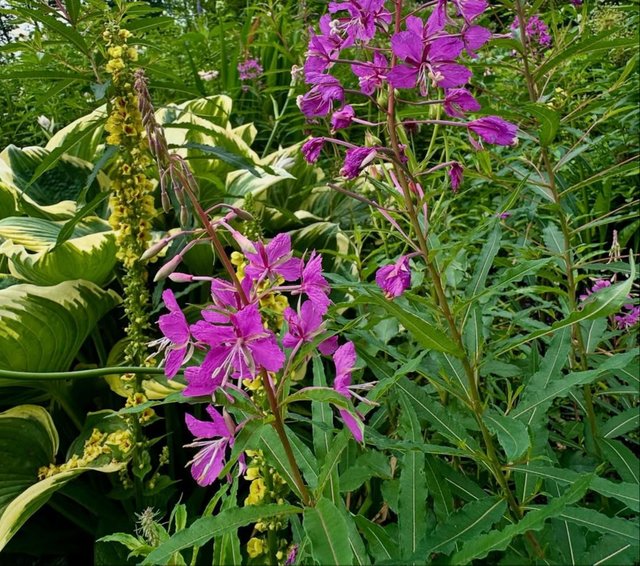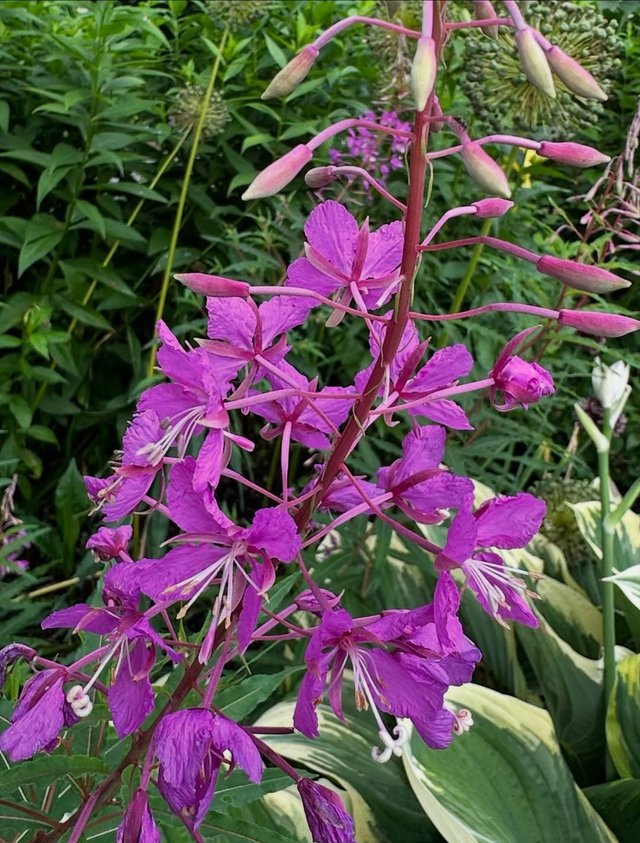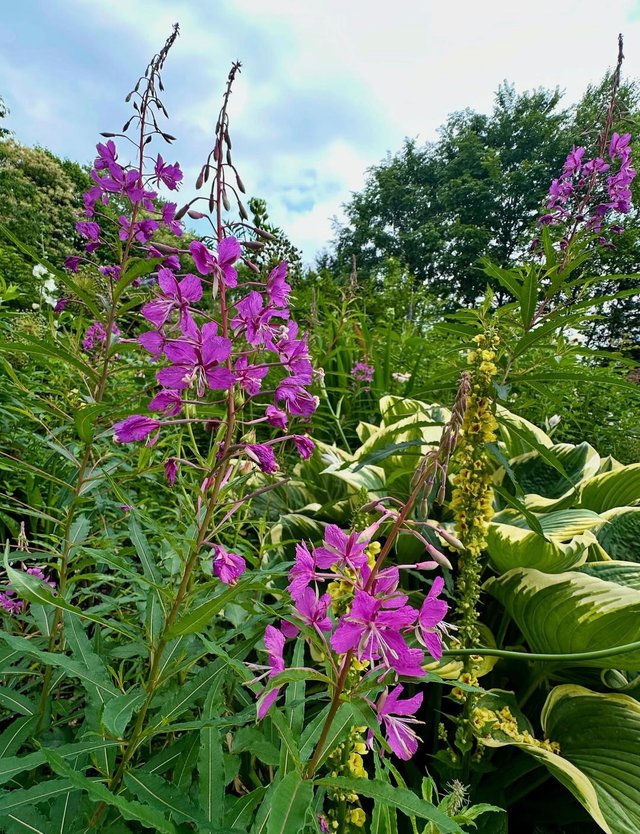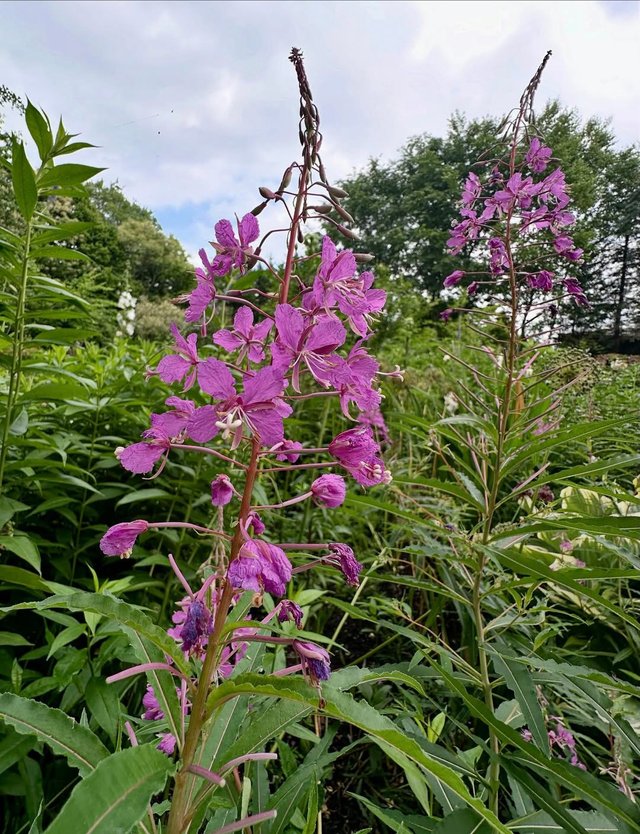Fireweed: The Phoenix Flower of the Wilderness
If there’s one plant that symbolizes resilience, beauty, and rebirth, it’s Fireweed (scientific name: Chamaenerion angustifolium, formerly Epilobium angustifolium). Known for its striking spikes of magenta flowers and its ability to flourish after wildfires and ecological disruption, Fireweed is much more than a wildflower—it’s nature’s comeback story.
As the name suggests, Fireweed is one of the first plants to colonize burned or disturbed ground. After wildfires, volcanic eruptions, logging, or even landslides, Fireweed shoots up in waves, often creating vast seas of purple-pink blooms that bring a devastated landscape back to life.This regenerative ability is due to its hardy underground rhizomes and the fact that its seeds can lie dormant for years, only to awaken after the heat of a fire cracks open the soil crust and lets in the light.
Fireweed belongs to the evening primrose family (Onagraceae) and is a perennial herb that can grow up to 1.5 meters (5 feet) tall. Its narrow lance-shaped leaves are arranged in a spiral, and its flowers bloom sequentially from the bottom up, which makes the tall spire look like a slow-burning floral candle.Each flower has four petals and a prominent white stigma that splits into four parts—an elegant detail that makes it popular among wildflower enthusiasts and photographers.Fireweed plays a crucial role in ecological succession. When ecosystems are damaged, fireweed steps in as a pioneer species—stabilizing the soil, providing food for pollinators like bees and butterflies, and preparing the ground for other plants to return.



